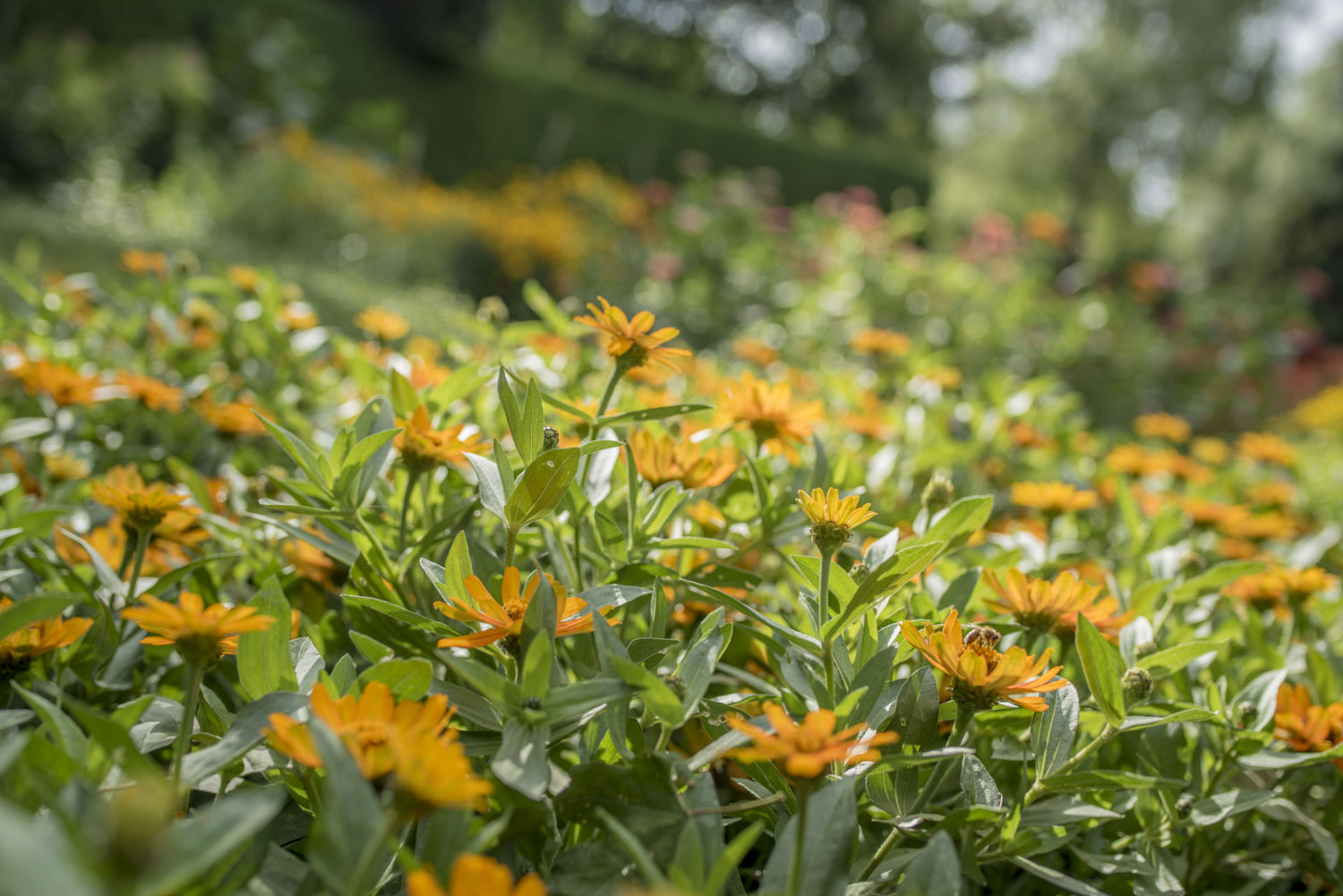The garden where we let nature do its work




There are no gardens in the list. Choose them in our catalogue.
There are no chosen events. Take a look to our calendar of events.



The origins of one of the oldest families in Central Europe may be traced to Styria-Lower Austria. Even though almost a third of Moravia belonged to them at one time, for seven hundred years their home was Valtice and the area around it, which they cultivated in the form of the cultural-natural landscape of the Lednice-Valtice area. This is an area almost twice the size of the current Principality of Liechtenstein.
Soldiers and economists with a feel for beauty
The motto ‘From the Son to the Father, from the Brother to the Brothers’ is written on a colonnade called Rajstna on a hill above Valtice. Those who ascend up through the vineyards there can, like Johann I Joseph, Prince of Liechtenstein, see the whole picturesque and thoughtfully shaped landscape of the Lednice-Valtice area (LVA). Johann I Joseph, who built the colonnade in honour of his deceased brothers and ancestors between 1817 and 1823, was a field marshal in the Austrian army pitted against Napoleon in the famous battle of Austerlitz. After the war, he returned to Valtice and Lednice, where he began to turn the surrounding areas into a magnificent composition of landscape with romantic buildings where functional requirements were combined with beauty and the mysterious language of symbols. Thanks to Johann I Joseph and a number of leading architects upon whom he called on, in the LVA today we can admire fairy-tale buildings such as Janohrad, the Temple of Diana and Apollo or the famous Minaret, which is the crowning glory of the view from the impressive halls of the Lednice Chateau. Those who might think that the environs of this noble estate were intended only to be pleasing to the eye or for rides and hunting, would be mistaken. The lands had to be managed and cultivated by the noblemen in such a way that they were both beautiful and useful. In the surroundings of Valtice and Lednice, sprung up forestry, agriculture, fish farming, the breeding of sheep, cattle and horses, which had their own opulent palace built next to the chateau, riding and other stables. We can encounter these thoroughbred animals in the chateau park even today in a horse-drawn carriage through the chateau park, or in the saddle of a horse from the nearby ‘Hippoclub’.
Liechtenstein trees for railway construction
The Liechtensteins always placed value on their floodplain woods on the lower part of the Dyje river. The work of Johann I Joseph led to the complementing of the landscape with the picturesque buildings. We can be grateful to his brother and his predecessor, Alois Josef, for the fact that there are many interesting exotic trees in the park. At the beginning of the 19th century, he sent an expedition group to America, the leader of which was the head gardener of the botanical garden of the University of Vienna, Josef van der Schott. He had the task of bringing woody plants, which would grow rapidly and which would improve the state and yield of the Lichtenstein forests. Over the course of four years, 130 barrels and boxes full of seeds were transported to Valtice, which were planted in forest tree nurseries and sold throughout Europe. It is also thanks to these woody plants of the Liechtenstein estate that later on, Moravia could be intersected by railways, at that time a completely new form of transportation. The wood was used for the railway sleepers and in the heaters of locomotives until the railroad reached the coal mines of the Ostrava region. Thanks to the construction of the railways, the Baroque chateau in Lednice was able to transform into a more modern form, more as we know it today, a magical Neo-Gothic mansion, reminiscent of royal palaces in England, or the historical English universities in Oxford or Cambridge. Even the park at Lednice benefited. As a result of these exotic tree species and the expert arrangement of them, the park became even more beautiful. The changing of the seasons only enhances its splendour.


The garden where we let nature do its work
The House of Liechtenstein – an aristocratic family from Central Europe
Adventure in the Garden: When Children Bloom!
Art in the garden
Water in the garden - ornament and brilliant technical work
Greenhouses and Orangeries: Exotic Paradises within Reach
Places of peace and inspiration
Rarities in the fruit and vegetable garden
A natural pharmacy in the garden
The Story of the Garden
Herbs: Pleasure and Profit from the Garden
Where the grapevine flourishes, so do people



58 Parks & Gardens